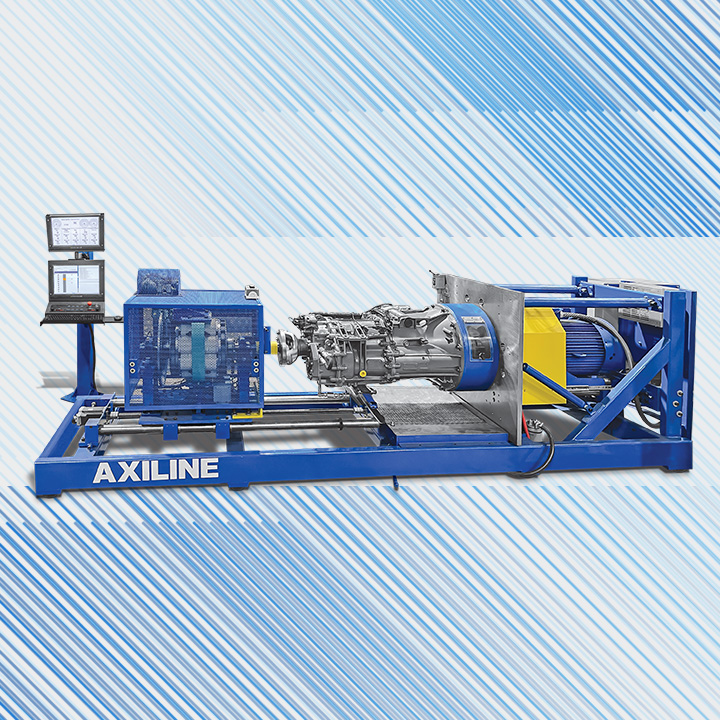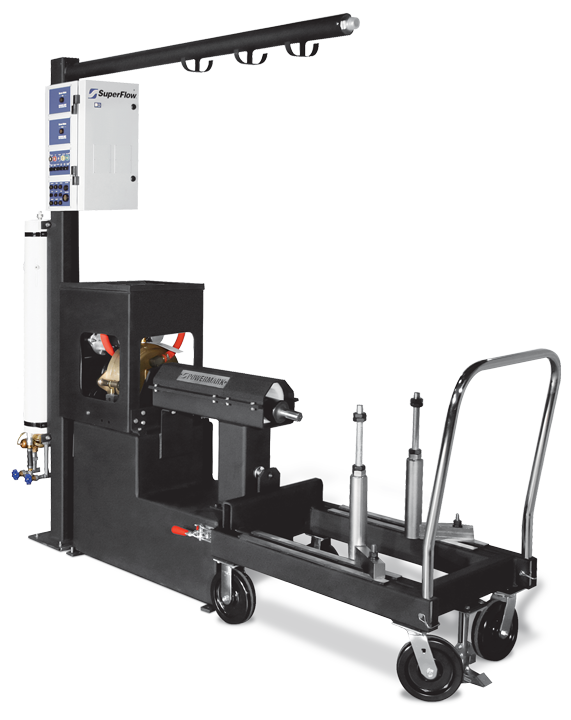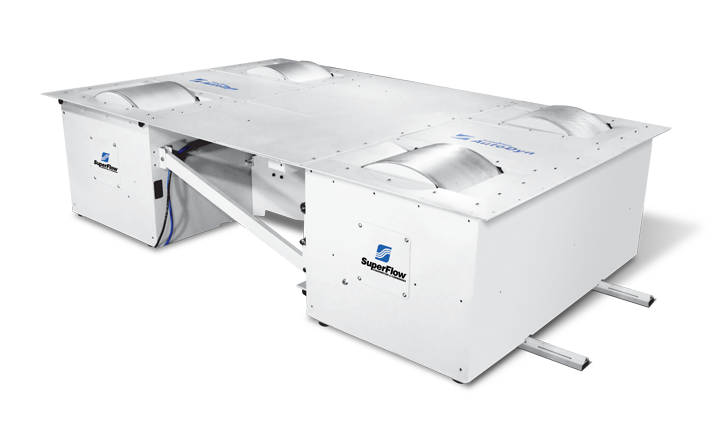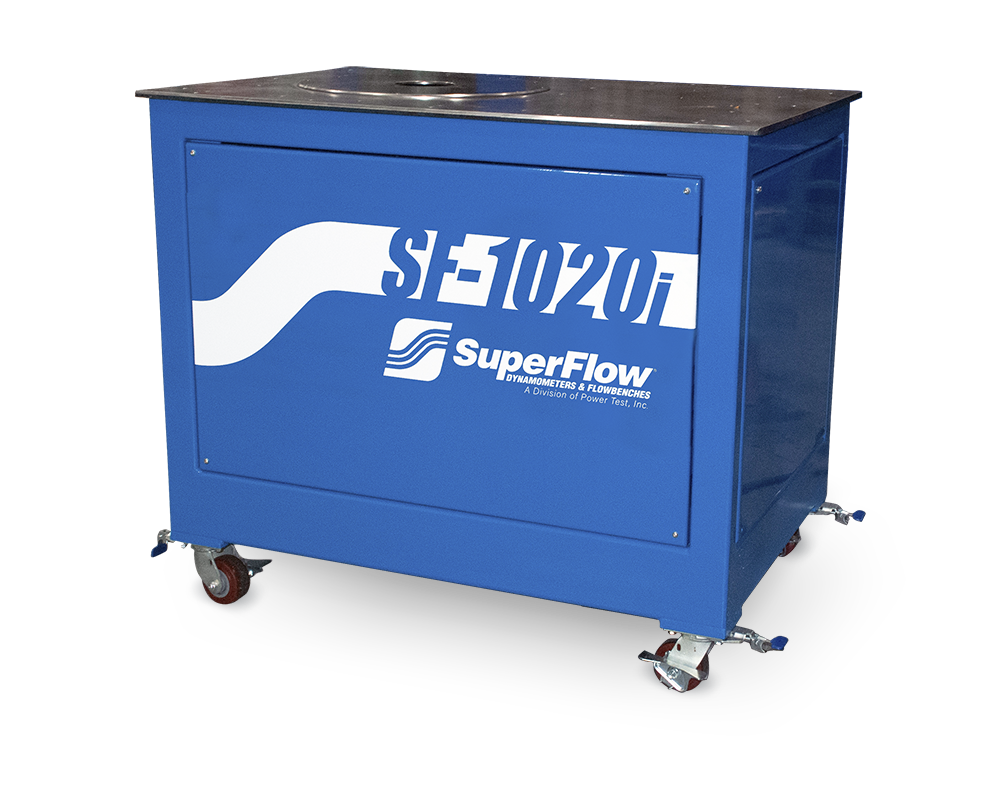Axiline 85000
The Axiline 85000 Automotive Transmission Test Stand is a DT-12 transmission capable, an auto/manual-shift dynamometer for light and heavy-duty truck transmissions. It uses a 40 […]

Products
Explore the dynamometers, flowbenches and engineered testing solutions that SuperFlow offers.
Industries
Browse our products by industries served. In many cases we offer several products and solutions across multiple departments.
Dynamometer Water Quality Matters
Water Quality Is Crucial to Longevity The quality of the water used in a dynamometer affects absorber and water pump operation. Contamination, salt water, or […]




